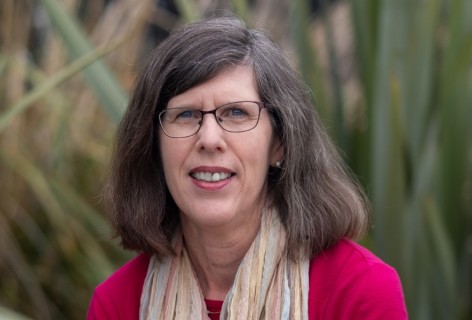- Home
- ...
- Sustainable society & policy
- BEST: Biodiversity and ecosystems services for resource management
Integrating biodiversity and ecosystem services into decisions
In this section
Testing the relevance of ecosystem services to the farming community
Through focus groups with rural land managers (primarily sheep and beef, dairy, farm forestry) in Manawatu and Southland the concepts of biodiversity and ecosystem services were introduced and tested to determine the level of understanding land owners have about:
- the multiple benefits, the ecosystem services, arising from their land
- how their practices might influence the provision of ecosystem services
- the role of biodiversity in the flow of services.
Capturing the use of ecosystem services in decision making in New Zealand
This paper charts progress in New Zealand in mainstreaming the concept of ecosystem services into government, land manager, and business decision-making. It provides insights into the challenges encountered including gaps in the state of knowledge, indicators and metrics, cultural values, language, communication, and policy. As the New Zealand Resource Management Act focuses on impacts rather than dependencies, an Ecosystem Services approach was found to stimulate new conversations and solutions to support improved natural resource management.
Developing the BEST Framework
The Biodiversity Ecosystem Services decision making assessment (BEST) framework is designed to enable land managers and communities to compare the impact of policy, land manager behaviour, and market drivers on land-use choices and the subsequent flow of ecosystems service. This is to facilitate the incorporation of biodiversity outcomes and relevant ecosystem services into land management decisions. The BEST framework uses participatory approaches and spatial modelling tools (i.e. ARLUNZ) to inform and influence resources management decisions. The framework is being piloted in the Rangitāiki catchment.
Bicultural biodiversity planning
As partners, and increasingly as leaders, in biodiversity conservation and management, Māori communities are looking for a greater role in defining, measuring, understanding, and forming kaitiakitanga (guardianship) responses to changes in biodiversity in their regions. The development of meaningful but also culturally appropriate measures and indicators (or tohu) to assess changes in the state of biodiversity is a vital component of this process. Through a collaboration with Te Uri o Hau (TUOH) from Northland, New Zealand developed a bicultural approach to biodiversity measurement and monitoring. This was to enable the Te Uri o Hau Settlement Trust understand changes in the biological integrity of the Kaipara region (representing terrestrial, estuarine, coastal and marine ecosystems of the Kaipara harbour and catchment) as well as the well-being of their communities.
Rangitāiki Landscape Scenarios Participatory Process
In the Rangitāiki catchment, Bay of Plenty, we are piloting the BEST assessment framework with a group of people living within and who have interests in the catchment. The aim is to refine the framework and determine if it can provide more insights into how different land management or use decisions impact on the catchment. It involves a series of working meetings to build a picture of the resources in the catchment, identify land uses and their link to ecosystem services in the catchment, and work through the implications of possible management or land-use changes on the provision of ecosystem services and community-desired outcomes with the group.

